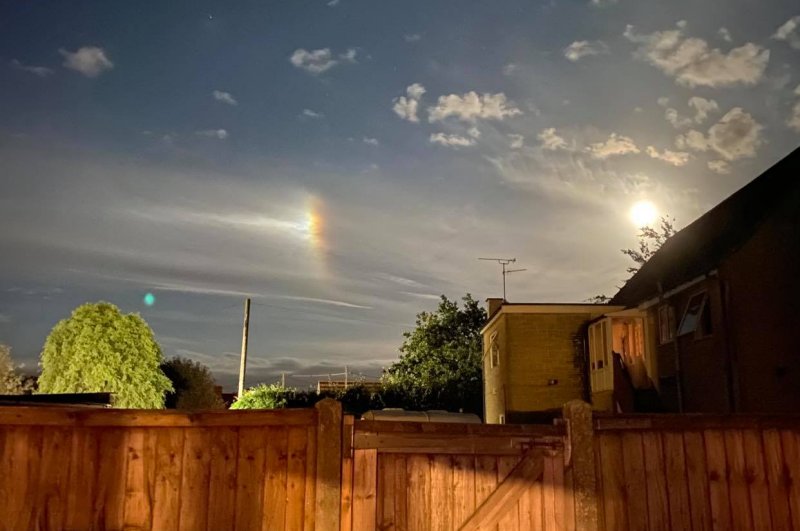|
Monday 27th
September to Sunday 3rd October 2021 |
| |
|
Between the constellations of Cassiopeia and
Perseus you will find the Double Cluster which is a pair of open star
clusters that can just be seen with the naked eye from a dark location.
|
| |
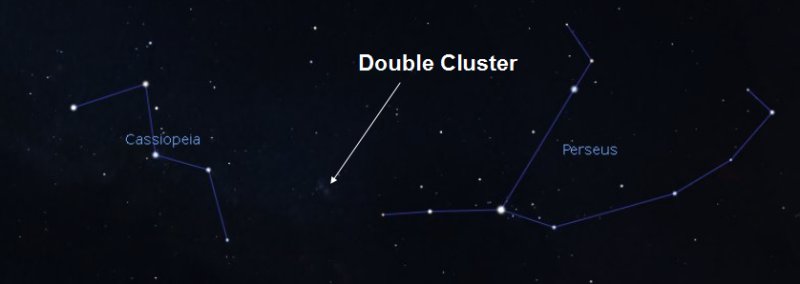 |
| |
|
Stars in an open cluster are roughly all the
same age as they were all originally formed from the same giant molecular
cloud. |
| |
|
In the case of the Double Cluster, the stars
are relative youngsters - only 13 million years old. Compare this to
another well-known open cluster we have looked at before - the Pleiades -
the stars there are between 75 to 150 million years old! |
| |
|
Each half of the Double Cluster consists of a
few hundred stars and they are actually moving towards us at a speed of
approximately 24 miles per second. Don't worry though as the clusters are
7,500 light years away and so it will be a very, very long time before they
get close to us! |
| |
|
The Double Cluster is also known as Caldwell
14 - the Caldwell catalogue of deep sky objects was compiled for amateur
astronomers by the late Sir Patrick Moore as a compliment to the Messier
catalogue. |
| |
|
So when should you look for the Double
Cluster? The simple answer is "anytime" so long as it's dark (!) because
the object is circumpolar. This means that it is always above the horizon
and will appear quite high in the night sky. Just find the famous "W" shape
of Cassiopeia first and then look across from there! |
|
Monday 20th to Sunday
26th September 2021 |
| |
|
Just after sunset on Monday 20th September, a
Full Moon rises in the east. This will be the closest Full Moon to the
autumnal equinox so it is called a Harvest Moon. |
| |
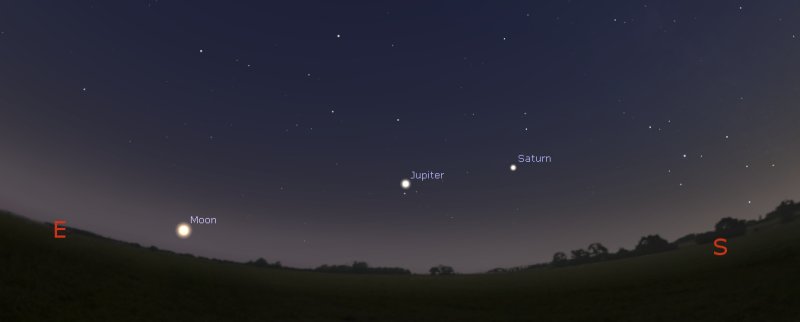 |
| |
| |
|
There are two equinoxes during the year, when
we are sideways on to Sun during our journey around it and so the hours of
daylight and night are equal. In other words, precisely half of the Earth's
surface is illuminated by the Sun. The autumnal equinox actually occurs on
Wednesday 22nd September and in the northern hemisphere it marks the start
of our autumn season. |
| |
|
Six months later, we will have the vernal
equinox. This name is derived from the Latin word for spring which is
"ver". |
| |
|
The Earth is tilted 23.5 degrees - north and
south are not straight up and down! Any planet that has a tilted axis will
have equinoxes. The image of Saturn's equinox below, courtesy of NASA and
the Jet Propulsion Laboratory, shows the effect very clearly. |
| |
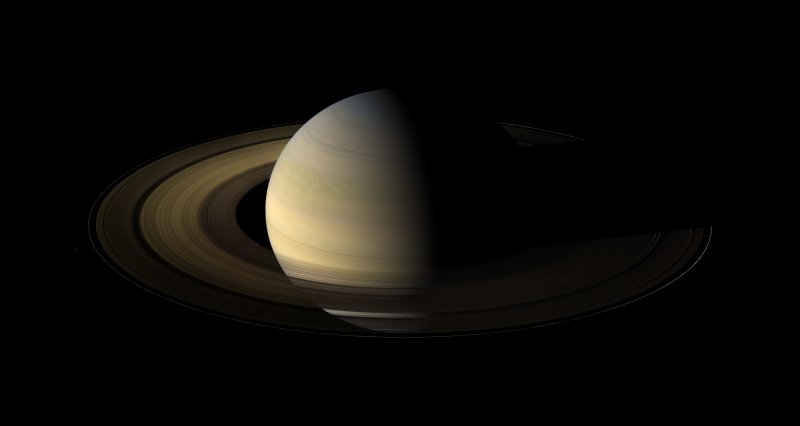 |
| |
| |
|
There are two excellent opportunities to spot
the International Space Station on Thursday 23rd at 8.46pm and Friday 24th
at 7.59pm. In both cases, the ISS will appear over the horizon in the west
and spend about five minutes passing almost directly overhead, before
disappearing to the east. |
|
Monday 13th to Sunday
19th September 2021 |
| |
|
On Wednesday 15th at around 11.40pm, there is
a good opportunity to observe the Great Red Spot on Jupiter with your
telescope. Jupiter will be located to the south, with Saturn and its
amazing rings to the right of it and a setting Gibbous Moon further right
again. |
| |
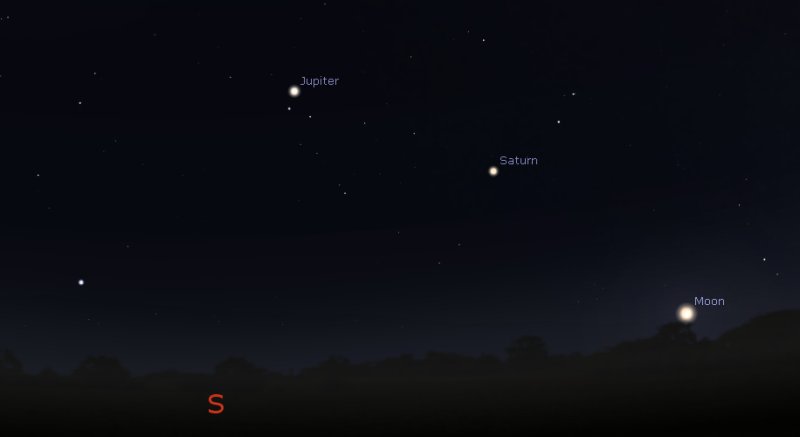 |
| |
| |
|
Jupiter spins very fast - a day and night, or
in technical terms the sidereal period, only lasts ten hours. This can make
the Great Red Spot hard to see as very often, when you are observing the
planet, the spot is round the wrong side! You are actually looking at a
huge storm that is at least 350 years old, with wind speeds approaching 300
miles per hour. It is so enormous that a couple of Earths would fit inside
it! |
| |
|
The first close-up view of the spot came from
the Voyager 1 space probe that flew past Jupiter back in 1979. After its
fly-by, Voyager 1 headed away from the Solar System and in 2012 it left the
Heliosphere which is defined as the furthest distance where things are
influenced by our Sun. Now the probe is approximately 14 billion kilometers
away from Earth, travelling through the Interstellar Medium. |
| |
|
Because it is so far away, radio signals from
the probe take the best part of a whole day to reach us. It is
estimated that by 2025, its little nuclear reactor that powers everything
will be exhausted and we will then lose contact with it.
|
| |
|
Both Voyager 1 and its sister probe, Voyager
2, contain a golden record that contains sounds and photos of Earth - maybe
one day it will be discovered by an alien civilisation! |
|
Monday 6th to Sunday
12th September 2021 |
| |
|
It's a week of visual challenges this time,
starting with trying to spot a less than 1%-lit Crescent Moon on Monday
6th. You'll need to be looking towards the east around 5.30am, before the
Sun rises and the Moon will be close to the horizon. |
| |
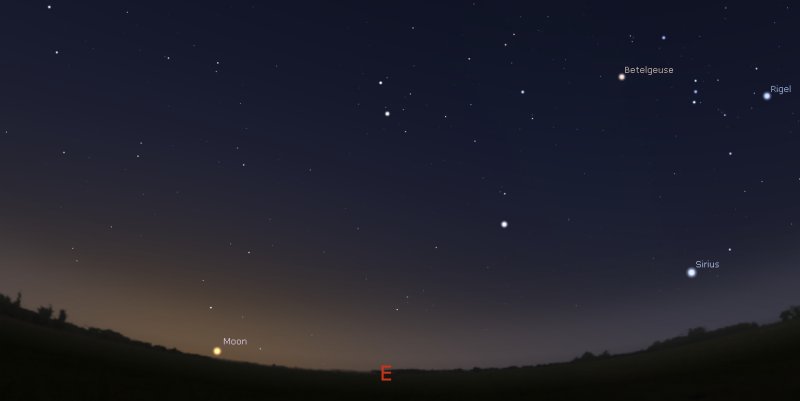 |
| |
| |
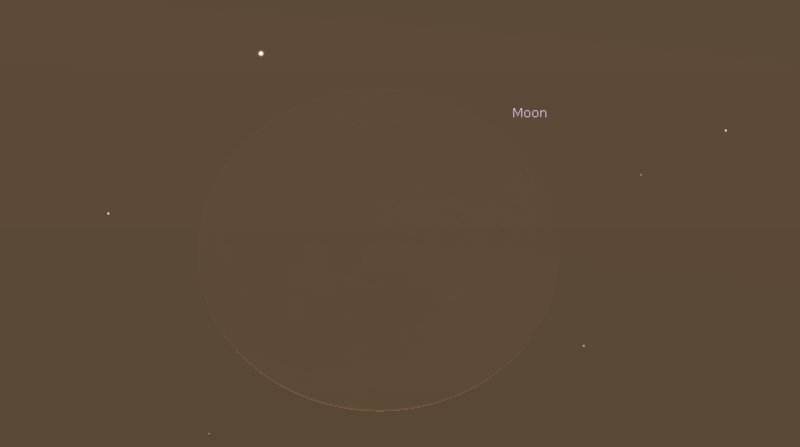 |
| |
| |
|
If you don't fancy an early start, there is
another opportunity on the evening of Tuesday 7th. This time, the less than
1%-lit Moon sets in the west about half an hour after the Sun. |
| |
|
If you have binoculars or a small telescope,
there is the chance to see an asteroid or minor planet called 2 Pallas. It
is known as one of the "Big Four" asteroids that were first-observed in the
early 1800s. Charles Messier spotted it twenty years earlier while tracking
a comet, but he thought it was a star and moved on! |
| |
|
The asteroid has a mean diameter of just over
500km and is made of silicate material with little Iron, which gives it a
blueish tint when observed. It is believed to have a tiny 1km diameter moon
orbiting around it. |
| |
|
The best evening to see the
asteroid is Saturday 11th when it is at opposition, or in other words, its
brightest at a magnitude of around +8.5. Look to the south east from around
9pm and 2 Pallas will be located between the constellations of Pisces and
Aquarius. |
| |
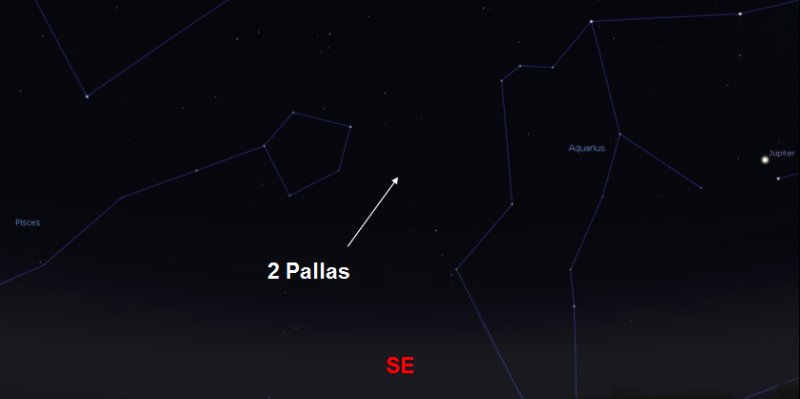 |
| |
| |
|
As the month progresses, each night 2 Pallas
will appear slightly dimmer and closer to Aquarius. |

